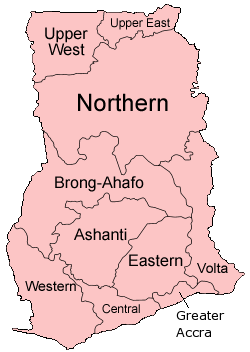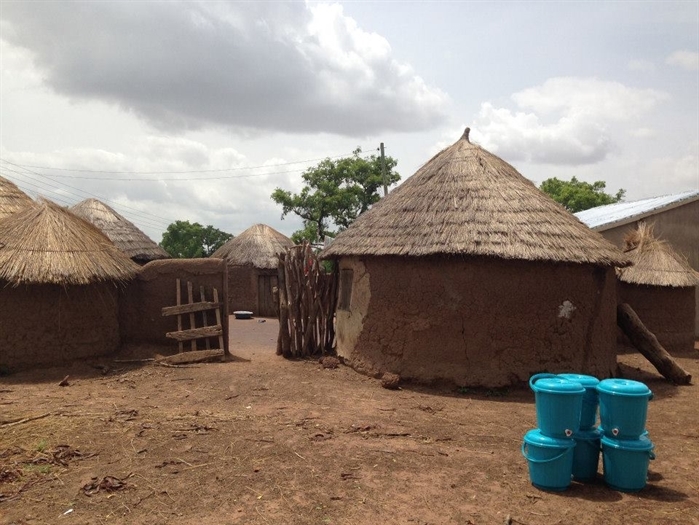
Kelli-Ann Sottile
Some of the women and children in Kagbal gather for a community meeting.
 By Danielle Gallet and MPC Research Assistant Kelli-Ann Sottile
By Danielle Gallet and MPC Research Assistant Kelli-Ann Sottile - July 22, 2015
Without hesitation I (Kelli-Ann) bet you can name the five nearest schools to your home. I bet you also know the fastest way to your nearby hospital, just in case. And I am guessing you have spent more than your fair share of weekends at the local mall. But if I asked you where your local water utility was located, would you know? Would you believe me if I told you that public drinking water systems in the U.S. outnumbers shopping centers, hospitals and public schools COMBINED?
If you are anything like me, that number is shockingly large. But then you start to think, “But water is a basic necessity and the population in the US is over 300 million, so maybe the number is justified.” All of which is true and I agree with the thought—until I add that of those systems more than 124,000 throughout the US and 1,900 in our region alone each serve fewer than 500 people. 500 people—fewer people than live in my apartment building. Fewer people than went to my high school. And fewer people than call the village of Kagbal, Ghana home.

"Ghana regions". Licensed under CC BY-SA 3.0 via Wikimedia Commons
Kagbal is in the Northern region of Ghana.
One year ago, I packed up my bags and traveled halfway around the world to implement a sustainable water business in a rural village in the northern region of Ghana. A few days after arriving in the country I jumped in the car for the two-hour drive across dirt roads with my team out to Kagbal. I will never forget that first time I stared out over the dugout lake where more than 700 men, women and children obtain their chocolate-milk-colored drinking water.
Over the next few weeks my team and I accomplished the seemingly impossible with a simple solution. We trained three women “entrepreneurs” in the treatment of the water using chemicals that can be obtained in the local markets. The women, in addition, learned simple business practices and set a small price for the water to keep the operation sustainable. Every household in the town was given a safe storage container and then educated on the importance and health benefits of clean water. By the end, without digging a single well or installing any pumps, a small water treatment center was born.

Kelli-Ann Sottile
The dugout where the village obtains their drinking water.
The morning of “Opening Day” my team and I made our way to the center by the dugout to wait for the women and the rest of the community. As we sat anxiously, we began to hear the faint sound of drums in the distance. Before we knew it, hundreds of members of the community were dancing and singing joyfully as the women filled the first safe storage containers with clean water.
Now I do not know about you, but I have never thrown a party just because water poured out of the faucet. That is what is supposed to happen after all, right? But maybe that impression is exactly our problem.
With 82 percent of our 2,361 systems in Northeast Illinois serving less than 3 percent of the local population and nearly half of those systems having accrued at least one violation from the Illinois Environmental Protection Agency or Department of Public Health over the past 10 years, our current organization is far from perfect. I cannot help but wonder then what lessons a rural village in Ghana can provide in creating a more sustainable future for the 1,900 “very small” systems right in our backyard. The wealth of knowledge Kagbal has to provide I believe lies primarily in their ability to not only work together as a community, but also in their profound appreciation for the irreplaceable resource that is clean water. The question then is how can we apply that understanding to this region?
I have never thrown a party just because water poured out of the faucet.
We have laid the stepping stones for collaboration between our numerous systems with the Northwest Water Planning Alliance and the DuPage Water Commission. But more importantly we must begin to foster a greater value not only for the resource of water itself but also for the resource of the infrastructure of each system that brings it to us. In doing so we may then provide a sustainable vision for the ongoing utilization of both our natural and manmade resources. So sing along, dance to the beat of the drums and show everyone that clean water should not only be talked about but celebrated.

Kelli-Ann Sottile